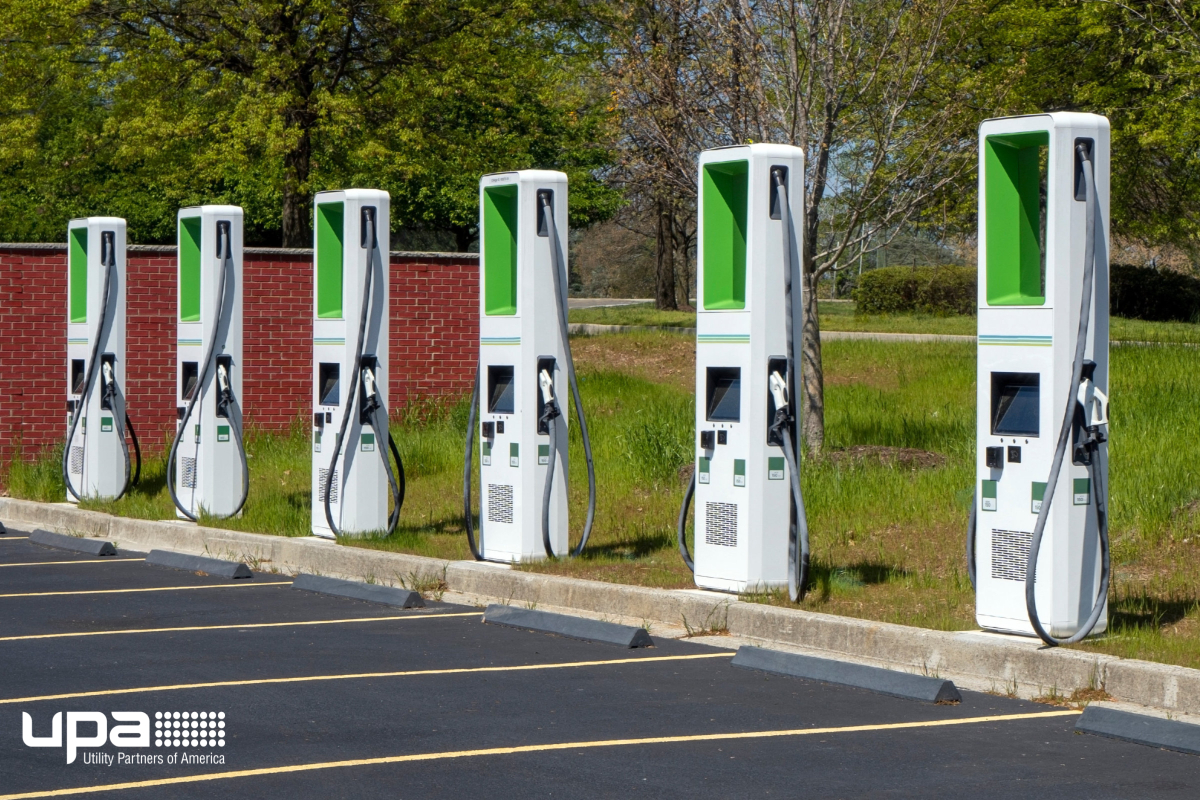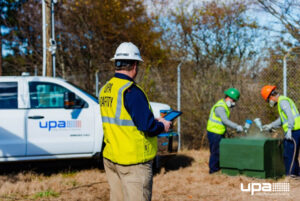In recent years, there has been a significant surge in the adoption of electric vehicles (EVs) as a cleaner and more sustainable mode of transportation. With this shift towards electrification, the demand for EV charging infrastructure has grown exponentially. As more individuals and businesses make the switch to electric vehicles, the need for reliable and accessible charging stations becomes increasingly critical.
The Rise of Electric Vehicles
Electric vehicles offer numerous benefits over traditional gasoline-powered cars, including lower emissions, reduced dependence on fossil fuels, and lower operating costs. As a result, governments, automotive manufacturers, and consumers alike are embracing this technology as a key component of efforts to combat climate change and reduce air pollution.
The Importance of Charging Infrastructure
One of the primary challenges facing the widespread adoption of electric vehicles is the availability of charging infrastructure. Unlike traditional gas stations, which are plentiful and widespread, EV charging stations are still relatively limited in number, particularly in certain regions. This lack of infrastructure can deter potential EV buyers who are concerned about range anxiety – the fear of running out of battery power before reaching their destination.
Electrifying America: The Push for More Charging Stations
Recognizing the importance of expanding the EV charging network, governments at the federal, state, and local levels are implementing policies and incentives to accelerate the deployment of charging infrastructure.
Types of EV Charging Stations
EV charging stations come in several different types, each offering varying levels of charging speed and convenience:
1. Level 1 Charging: This is the slowest type of charging, typically using a standard 120-volt household outlet. While convenient for overnight charging at home, Level 1 charging is impractical for quickly replenishing a depleted battery.
2. Level 2 Charging: Level 2 chargers operate at 240 volts and can significantly reduce charging times compared to Level 1. These chargers are commonly found in residential settings, workplaces, and public parking facilities.
3. DC Fast Charging: Also known as Level 3 charging, DC fast chargers provide the fastest charging speeds and are essential for long-distance travel. These chargers can replenish a significant portion of an EV’s battery in a matter of minutes, making them ideal for highway rest stops and commercial locations.
The Future of EV Charging
As the electric vehicle market continues to grow, the demand for charging infrastructure will only increase. To meet this demand, stakeholders must work together to deploy charging stations in strategic locations, such as major highways, urban centers, and popular destinations. Additionally, advancements in technology, such as wireless charging and vehicle-to-grid integration, hold promise for further improving the convenience and accessibility of EV charging.
Conclusion
The electrification of transportation represents a significant step towards a more sustainable and environmentally friendly future. However, realizing the full potential of electric vehicles requires a robust charging infrastructure that is accessible, reliable, and convenient for all users. By investing in the expansion of EV charging stations, we can accelerate the transition to a cleaner and greener transportation system, ultimately benefiting both present and future generations.
Installing EV charging stations is what we do. UPA has been installing EV charging stations nationwide since 2010 and our team of licensed electricians provides the highest quality installation and construction services to our clients. If you need an EV charging station installed today, or any day, visit our website and get a quote at www.upaev.com.





